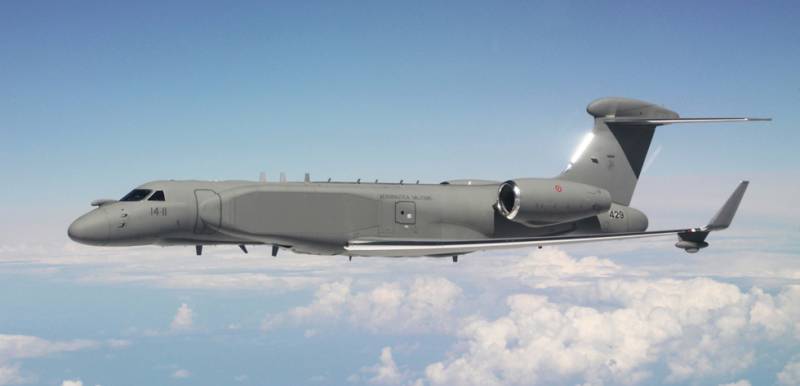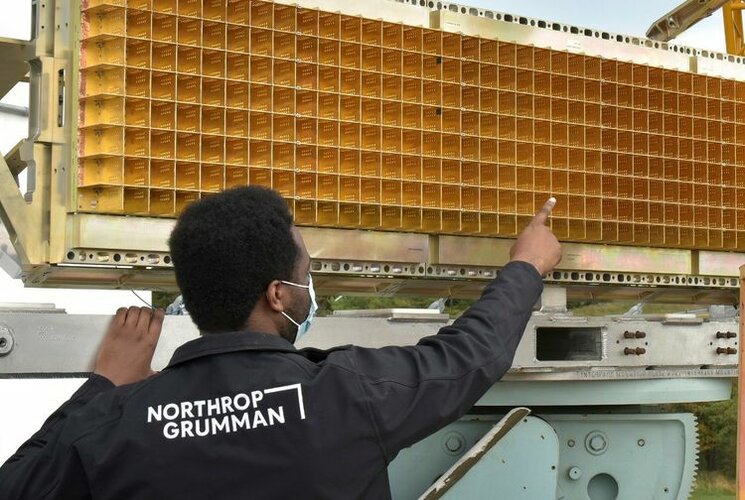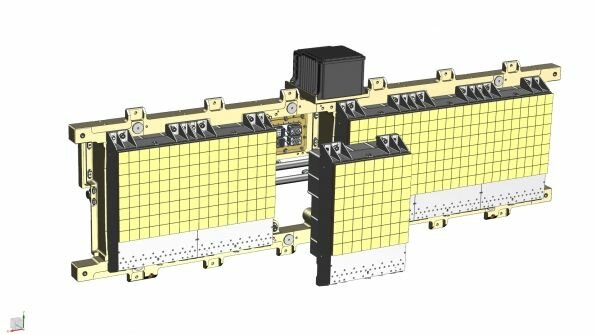Didn't the UK back out of two of their E-7s anyway?Funding for the first prototype is included in the FY-23. The 23 NDAA is likely months away and could go into early 2023. Much like the F-15EX prototypes, I'm sure Boeing and NG could (and possibly would) front the suppliers to begin work on this and deliver months ahead of original delivery dates. They are also going through the UK order so that could explain the AF giving them more time.
You are using an out of date browser. It may not display this or other websites correctly.
You should upgrade or use an alternative browser.
You should upgrade or use an alternative browser.
US AWACS recapitalization for the 21st century
- Thread starter TomcatViP
- Start date
The USAF probably needs some proprietary datalinks that other countries don't use, yes. It would be a little silly to have your brand new AWACS unable to talk to F-22's and 35s without a HATE TALON pod gateway.so will the USAF E-7s be significantly different than the Australian/Turkish/Korean ones?
But of course! This is the USAF you are talking about...
- Joined
- 25 January 2020
- Messages
- 1,279
- Reaction score
- 1,954
More news about the topic:
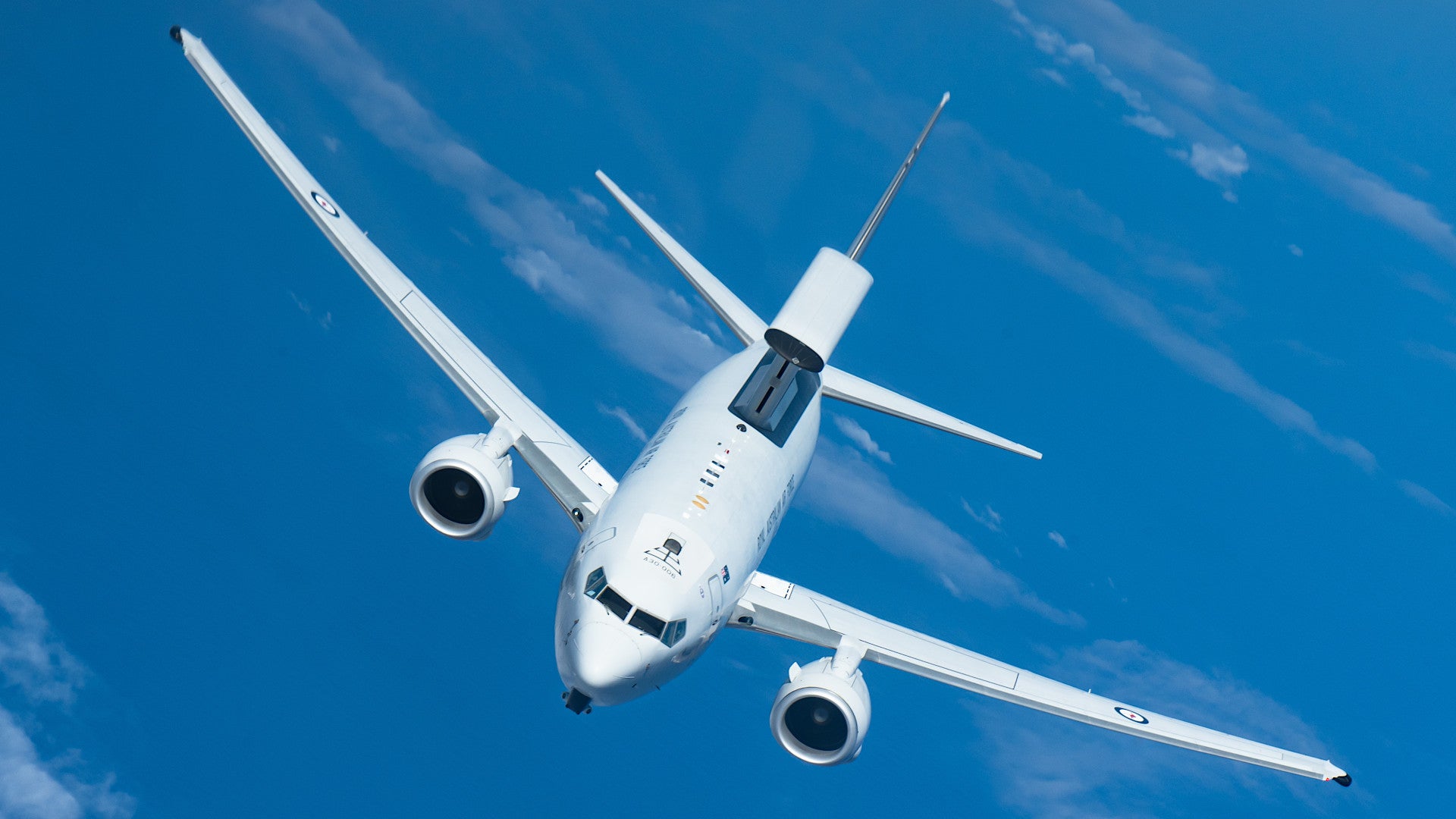
 www.thedrive.com
www.thedrive.com
Though on a bit of a tangent, I'd assume that the NATO operated E-3s are likely to be replaced in the future by the E-7, since much of NATO, now including the US, will operate the type.

Air Force To Buy E-7 Wedgetail Radar Jets To Replace Aging E-3s
Buying new E-7 Wedgetails is just one part of the Air Force's plans for replacing its Cold War-era E-3 Sentries.
Though on a bit of a tangent, I'd assume that the NATO operated E-3s are likely to be replaced in the future by the E-7, since much of NATO, now including the US, will operate the type.
Volkodav
I really should change my personal text
- Joined
- 28 March 2014
- Messages
- 752
- Reaction score
- 1,271
With rising anger, I vaguely recall discussions on the E-7 contract back in the 90s.
The original contract was for 7 or 8 but the government cut this to four, originally Australia owned the IP and it was an Australian project, but being risk adverse, the incoming government not only cut the number ordered but it signed away the IP.
Ah the late 90s defence reviews, the gift that keeps giving.
The original contract was for 7 or 8 but the government cut this to four, originally Australia owned the IP and it was an Australian project, but being risk adverse, the incoming government not only cut the number ordered but it signed away the IP.
Ah the late 90s defence reviews, the gift that keeps giving.
6 are in RAAF serviceThe original contract was for 7 or 8 but the government cut this to four,
Volkodav
I really should change my personal text
- Joined
- 28 March 2014
- Messages
- 752
- Reaction score
- 1,271
Yes but that was after the cut.6 are in RAAF serviceThe original contract was for 7 or 8 but the government cut this to four,
They cut it to four, made the ADF a customer rather than the developer, then ordered another two, when they realised four weren't enough, for more money than seven would have cost.
U.S. Air Force Wants 22 E-7As, IOC In 2030 | Aviation Week Network
The U.S. Air Force plans to field a fleet of 22 Boeing E-7A Airborne Early Warning and Control aircraft to replace its 31 E-3 Sentry AWACS, with the Wedgetail having beaten out two other contenders for the program, according to a new justification document.
- Joined
- 11 February 2010
- Messages
- 1,650
- Reaction score
- 2,707
Finally. although it's kinda evident. as E-7 are in production.
Nonetheless it's a good news. The L-band and newer processing technology will be an improvement over E-3's. higher target tracking rate, scan sector optimizations. stuff like that. I'm curious if current electronics allow additional X-band aperture mounted ventrally or shared with the main aperture.
Nonetheless it's a good news. The L-band and newer processing technology will be an improvement over E-3's. higher target tracking rate, scan sector optimizations. stuff like that. I'm curious if current electronics allow additional X-band aperture mounted ventrally or shared with the main aperture.
- Joined
- 29 November 2010
- Messages
- 1,776
- Reaction score
- 3,481
the URL summary says it beat out 2 other contenders. however I cant read the actual link since its pay walledU.S. Air Force Wants 22 E-7As, IOC In 2030 | Aviation Week Network
The U.S. Air Force plans to field a fleet of 22 Boeing E-7A Airborne Early Warning and Control aircraft to replace its 31 E-3 Sentry AWACS, with the Wedgetail having beaten out two other contenders for the program, according to a new justification document.aviationweek.com
who were the other 2?
The other two competitors were redacted, although the E-2D was also not under consideration.the URL summary says it beat out 2 other contenders. however I cant read the actual link since its pay walledU.S. Air Force Wants 22 E-7As, IOC In 2030 | Aviation Week Network
The U.S. Air Force plans to field a fleet of 22 Boeing E-7A Airborne Early Warning and Control aircraft to replace its 31 E-3 Sentry AWACS, with the Wedgetail having beaten out two other contenders for the program, according to a new justification document.aviationweek.com
who were the other 2?
FighterJock
ACCESS: Above Top Secret
- Joined
- 29 October 2007
- Messages
- 5,612
- Reaction score
- 5,945
Finally. although it's kinda evident. as E-7 are in production.
Nonetheless it's a good news. The L-band and newer processing technology will be an improvement over E-3's. higher target tracking rate, scan sector optimizations. stuff like that. I'm curious if current electronics allow additional X-band aperture mounted ventrally or shared with the main aperture.
Finally. although it's kinda evident. as E-7 are in production.
Nonetheless it's a good news. The L-band and newer processing technology will be an improvement over E-3's. higher target tracking rate, scan sector optimizations. stuff like that. I'm curious if current electronics allow additional X-band aperture mounted ventrally or shared with the main aperture.
I thought that the USAF would buy the E-7. It is good news for the Boeing Wedgetail production line.
I'm guessing there were G5/6 business jet mods; there are at least a couple types in service for the role. For the USAF I think it would lack adequate work stations for directors.The other two competitors were redacted, although the E-2D was also not under consideration.the URL summary says it beat out 2 other contenders. however I cant read the actual link since its pay walledU.S. Air Force Wants 22 E-7As, IOC In 2030 | Aviation Week Network
The U.S. Air Force plans to field a fleet of 22 Boeing E-7A Airborne Early Warning and Control aircraft to replace its 31 E-3 Sentry AWACS, with the Wedgetail having beaten out two other contenders for the program, according to a new justification document.aviationweek.com
who were the other 2?
- Joined
- 16 April 2008
- Messages
- 9,616
- Reaction score
- 14,525
The other two competitors were redacted, although the E-2D was also not under consideration.
Not sure if the quote below is relevant, but it may be a clue. If the two other alternatives considered really were Hawkeye and Erieye, then the conclusion seems inescapable.
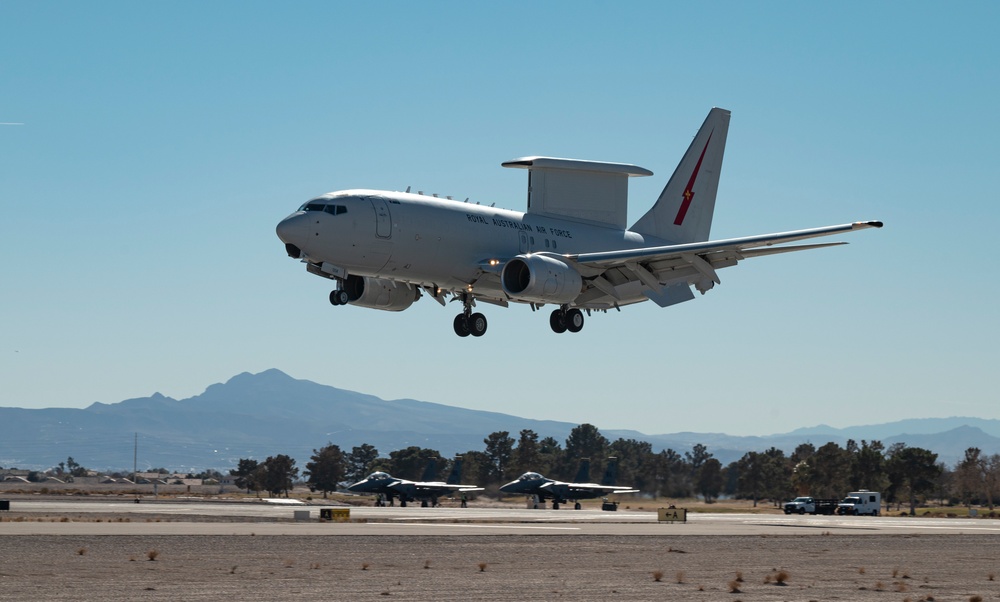
Air Force Announces It Will Buy E-7 Wedgetails to Replace AWACS - Air Force Magazine
The Air Force will buy Boeing E-7A Wedgetails to replace a portion of its E-3 Sentry fleet, USAF announced after evaluating two prototypes.
Air Force officials have previously said the Northrop Grumman E-2C Hawkeye and the Saab Erieye, both turboprop-powered AWACS-type aircraft, lack the speed, altitude, and capability USAF needs for the mission.
Last edited:
Sadly the choices listed in the AFM article make it look like the choice was never in doubt. Not really a surprise, space based still has the R&D love, and after Pegasus there's no way the AF wants spend those dollars integrating something only "marginally better" than "off the shelf". Maybe Moose is onto something that the NG work on AESA AEW modules will be some type of "form, fit, function" drop in upgrade for MESA...
Yes, I remember seeing choice number 1 at Boeing Field in the 90's for flight test, when I was in uniform a few years later we were all in on E-10, why reuse old tech when you can keep a lot of people in Boston (Hanscom) employed... Choice number 2 has radars from a country not all of our allies like, so....
aonestudio
I really should change my personal text
- Joined
- 11 March 2018
- Messages
- 2,967
- Reaction score
- 7,498
FighterJock
ACCESS: Above Top Secret
- Joined
- 29 October 2007
- Messages
- 5,612
- Reaction score
- 5,945
I cannot wait to see the radar being fitted to the first RAF Wedgetail AWACS then delivered to the UK. It's a pity that the RAF is only getting three of them instead of seven like they did with the E-3D.
NASA
ACCESS: Confidential
- Joined
- 13 October 2020
- Messages
- 55
- Reaction score
- 138
Does anyone have information detailing the E-7A MESA radar architecture/performance? @GARGEAN pointed out in another forum that the "tophat" array in the front and back will be working with less area (therefore smaller aperture) and will have a substantially lower range and resolution than the side arrays. I find it hard to believe frankly, I don't think the USAF would walk itself into an AWACS aircraft that doesn't have full 360° coverage. What do the others think?
I think that is the nature of all balance beam type radars. I think it is a relatively minor limitation. In the case of the Wedgetail, remember it’s an off the shelf but not a program where the USAF set all the requirements. The goal is fastest possible replacement of E-3.
Not really. One of the issues with the E-6 was getting verticality on the VLF antenna. The C-130 flew slower, could do a much better job of it. During flight testing of the E-6, they managed to get the vertical stabilizer into flutter...that tore half of it off.This kind of fits here in that there isn't a thread for the doomsday planes.... Its back to the future with turboprops....

This Is Our First Look At The Navy’s Next 'Doomsday Plane,' The EC-130J TACAMO
The next-generation EC-130J TACAMO will replace the current fleet of E-6B Mercury jets in a throwback to the Cold War era.www.thedrive.com
I would have preferred the E-7 Mercury to be replaced by either a jet based on the 777 or the more modern 787 instead of going back to a turboprop aircraft in the shape of the EC-130J TACAMO, the 777/787 aircraft would be better suited to the mission than the C-130J.
The real question is whether the Navy will retain the current organization of one centrally located squadron, or go back to the EC-130Q solution of having an East Coast and a West Coast squadron.
aonestudio
I really should change my personal text
- Joined
- 11 March 2018
- Messages
- 2,967
- Reaction score
- 7,498
FighterJock
ACCESS: Above Top Secret
- Joined
- 29 October 2007
- Messages
- 5,612
- Reaction score
- 5,945
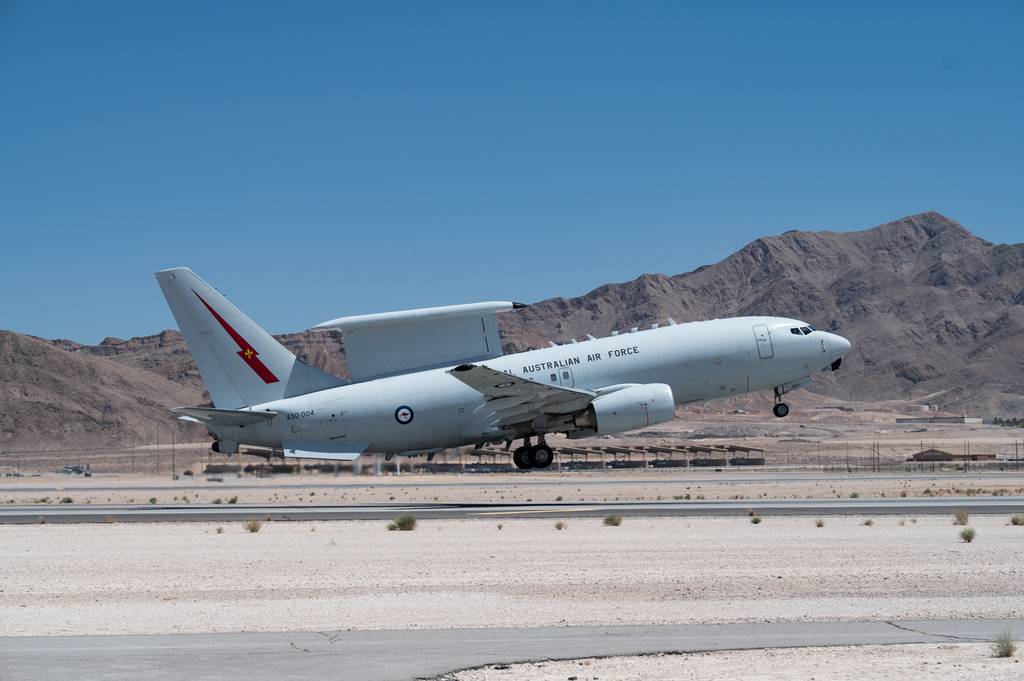
US Air Force says options limited for speeding deliveries of Wedgetail
Air Force acquisition chief Andrew Hunter said the E-7 Wedgetail's capabilities are impressive, and a "night and day" difference from the old AWACS planes slated for retirement.
More on the same theme with Boeing suggestion that production rate could be increased to reduce delivery time:
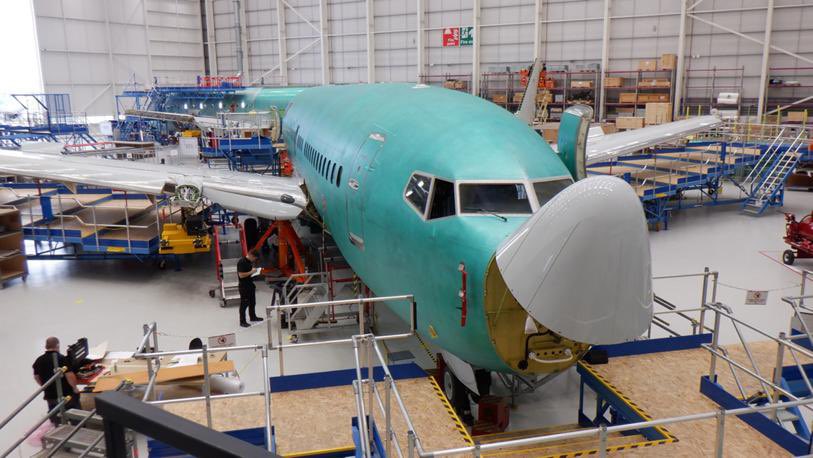
 www.airforcemag.com
www.airforcemag.com
the capacity to deal with 737 [Next Generations] is strong … So to incorporate the modification program, there is capacity there to accelerate,” Flood told reporters. “We will talk to the U.S. Air Force about how fast they want to move and how to … find ways to increase the schedule.”
Flood added that Boeing’s Renton, Wash., facility that manufactures 737s for military use would be able to increase production, based on customer demand. In addition to the E-7, Boeing’s P-8 Poseidon aircraft is based on the 737.

Boeing Says It's Ready to Help USAF ‘Accelerate‘ Delivery of E-7 Ahead of 2027 Timeline - Air Force Magazine
An official from defense contractor Boeing said the company will talk with the U.S. Air Force to get the E-7 Wedgetail ready faster.
Don't know if it helps, the SPY-6 has 24 S-band Transmit/Receiver modules in each of its four feet squared face RMAs (37 RMAs per individual array on SPY-6(V)1 for Burke Flt III), Terracota is a much smaller radar, so speculate X-band frequency? The TPY-2 radar for THAAD with its 100 sq ft array has 25,344 X-band T/R modules, so if maths correct you could fit ~1,000 X-band T/R modules in a four feet squared face RMA, the very high number T/R modules makes the TPY-2 very expensive radar at ~$250 million each, but the big advantage that comes with X-band with its much higher frequency is higher discrimination for targeting.
Attachments
bring_it_on
I really should change my personal text
- Joined
- 4 July 2013
- Messages
- 3,679
- Reaction score
- 3,863
It is probably related to the Vanguard in which case it would operate in both X and Ku bands which would help for the type of JADC2 and multi-function applications it is claimed to have been developed for.
Last edited:
bring_it_on
I really should change my personal text
- Joined
- 4 July 2013
- Messages
- 3,679
- Reaction score
- 3,863
^ You could be right. I had the wrong picture in my mind (see attached) when I posted that.
It has 24 TRIMM's per RMA, each with 6 T/R modules for a total of 144 T/R modules per RMA; 5,328 modules per SPY-6V1 face.
Don't know if it helps, the SPY-6 has 24 S-band Transmit/Receiver modules in each of its four feet squared face RMAs
It has 24 TRIMM's per RMA, each with 6 T/R modules for a total of 144 T/R modules per RMA; 5,328 modules per SPY-6V1 face.
Attachments
Last edited:
So S band then ? right^ You could be right. I had the wrong picture in my mind (see attached) when I posted that.
Don't know if it helps, the SPY-6 has 24 S-band Transmit/Receiver modules in each of its four feet squared face RMAs
It has 24 TRIMM's per RMA, each with 6 T/R modules for a total of 144 T/R modules per RMA; 5,328 modules per SPY-6V1 face.
bring_it_on
I really should change my personal text
- Joined
- 4 July 2013
- Messages
- 3,679
- Reaction score
- 3,863
I don't know.
aonestudio
I really should change my personal text
- Joined
- 11 March 2018
- Messages
- 2,967
- Reaction score
- 7,498

NATO begins assessment of E-3A replacement; Wedgetail, GlobalEye in the running - Breaking Defense
The AFSC capability program aims to define “a new generation of surveillance and control capabilities” underpinned by a systems of systems architecture approach, intended to integrate “multiple capabilities and platforms” for future multidomain operations, according to the RfI.
aonestudio
I really should change my personal text
- Joined
- 11 March 2018
- Messages
- 2,967
- Reaction score
- 7,498
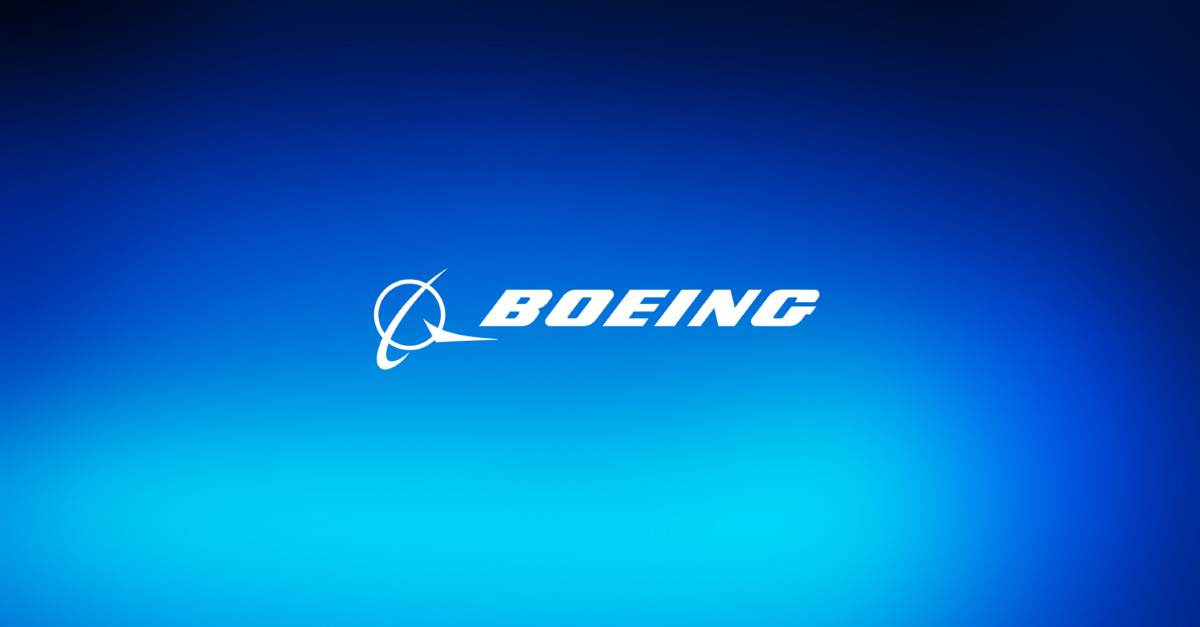
Boeing Receives U.S. Air Force E-7 Airborne Early Warning & Control Aircraft Contract
SEATTLE, Feb. 28, 2023 — Boeing [NYSE:BA] will begin development of two new U.S. variants of the E-7 Airborne Early Warning & Control (AEW&C) aircraft through a $1.2 billion Undefinitized...
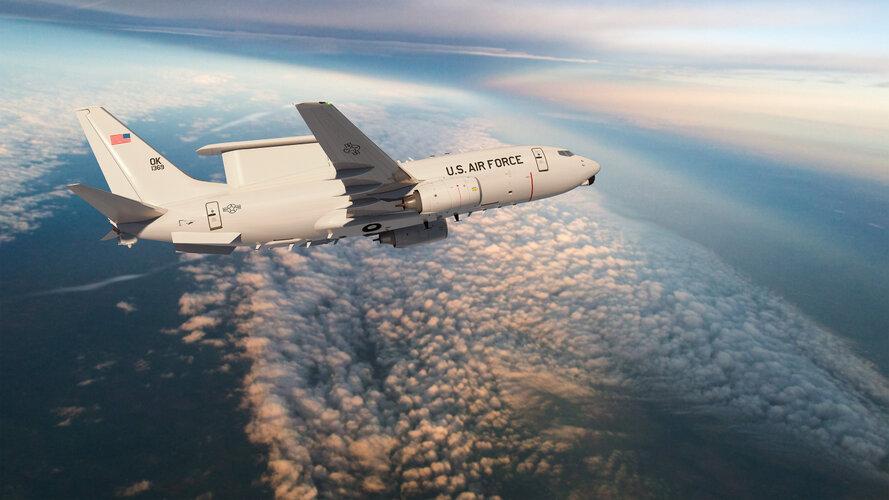
- Joined
- 16 April 2008
- Messages
- 9,616
- Reaction score
- 14,525
View attachment 694600
Boeing Receives U.S. Air Force E-7 Airborne Early Warning & Control Aircraft Contract
SEATTLE, Feb. 28, 2023 — Boeing [NYSE:BA] will begin development of two new U.S. variants of the E-7 Airborne Early Warning & Control (AEW&C) aircraft through a $1.2 billion Undefinitized...boeing.mediaroom.com
Wonder what they mean by " two new U.S. variants." Just two examples of the US version or two distinct versions for different roles?
Similar threads
-
-
-
USAF rethinks future fleet, ponders clean-sheet 4.5-generation fighter
- Started by DWG
- Replies: 2
-
-
AERO INDIA: Airbus sole bidder for Indian AWACS project
- Started by Triton
- Replies: 8

